The third-generation Hyundai i30 will go on sale in March priced from £16,995.
In the run up to its market launch, Hyundai has confirmed that the five-door hatchback will be available in five trim levels - S, SE, SE Nav, Premium and Premium SE - and come available with three engines, two petrols and a diesel (scroll down for more on engines and gearboxes).
2017 Hyundai i30 Wagon revealed ahead of Geneva
Trim levels
Entry price cars come with 15in alloy wheels, LED daytime running lights, a DAB radio with USB and aux connections, Bluetooth with steering wheel-mounted controls, electric front and rear windows and driver's seat height adjustment.
For £18,695, i30 SE models add 16in wheels, fog lights, a 5.0in touchscreen, a rear park assist feature, rear-view camera and leather steering wheel. Add £950 to that price and SE Nav is available with more features, including as an 8.0in touchscreen, voice control and sat-nav.
Premium models, priced from £22,195, gain 17in wheels, dual-zone climate control, heated front seats and a digital instrument cluster, among other things. Top-spec Premium SE adds a panoramic sunroof, leather trim and a heated steering wheel, and costs £23,495.
Design
Hyundai claimed its new model has completely 'redefined' the i30, and even borrowed some lines from Volkswagen’s history in referring to it as 'the people’s car', which is “accessible, appealing in design and great to drive”.
Read about this year's Paris motor show here
The i30 will become a family of vehicles, topped by a long-awaited, high-performance N hot hatch version, which will be Hyundai’s first attempt at such a car and also the first driver’s car to come from the company's development centre at the Nürburgring.
Read more: Hyundai RN30 concept previews i30N at the Paris motor show
Hyundai also revealed that the car was benchmarked against every model in its segment, picking out the attributes of competitors that it wanted to focus and improve on.
The new i30 features a new look, with Hyundai aiming to make its cars more stylish and desirable as its growth in Europe continues. It claims the number one reason for purchase of the previous i30 was design, and Peter Schreyer, the man behind Kia’s recent revitalisation, now oversees the firm’s designs as it seeks to give its cars greater visual appeal.
The car features Hyundai’s new ‘Cascading Grille’ at the front, which will be introduced across all of its models from the Hyundai i10 to Santa Fe in the future.
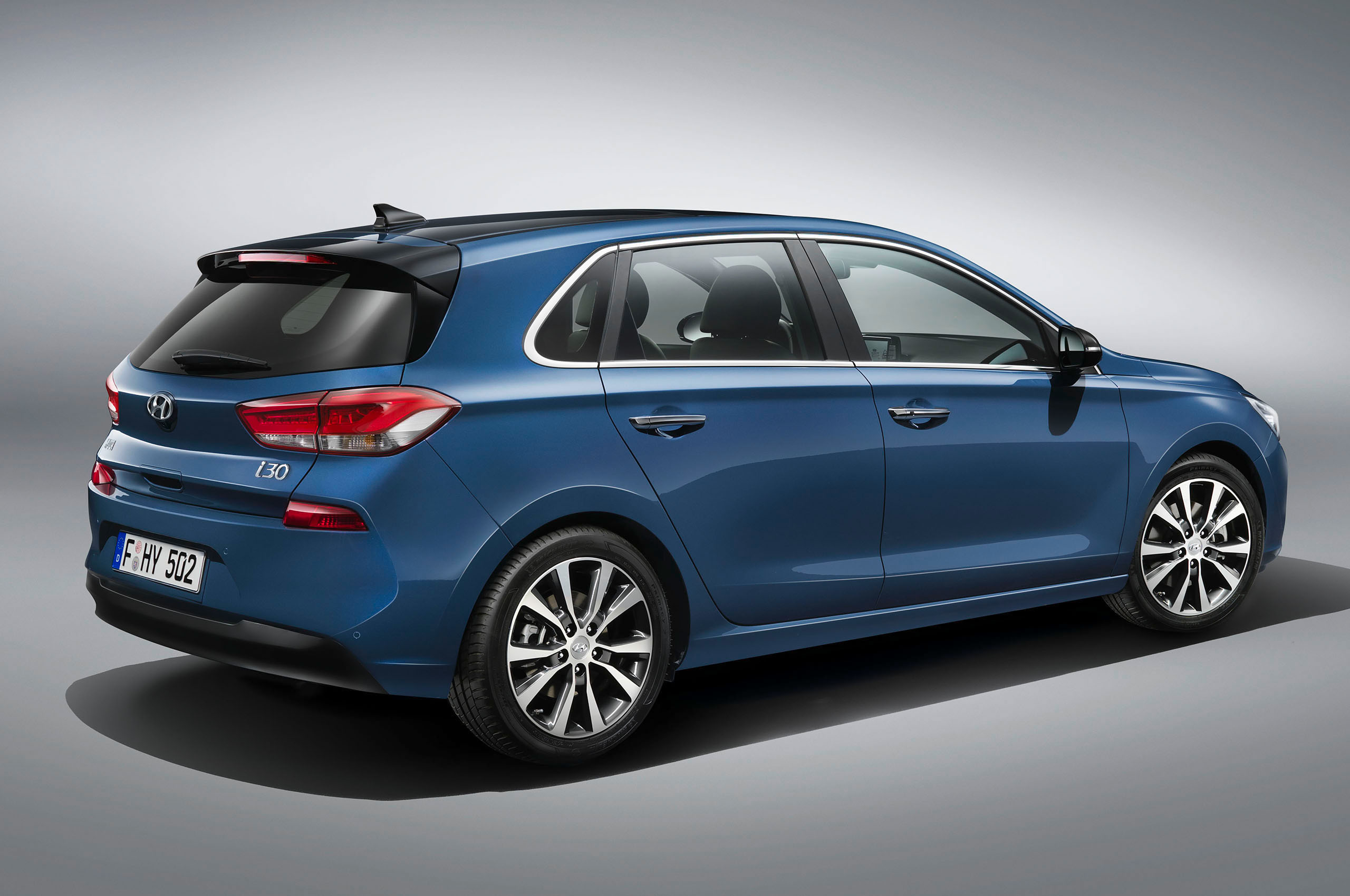


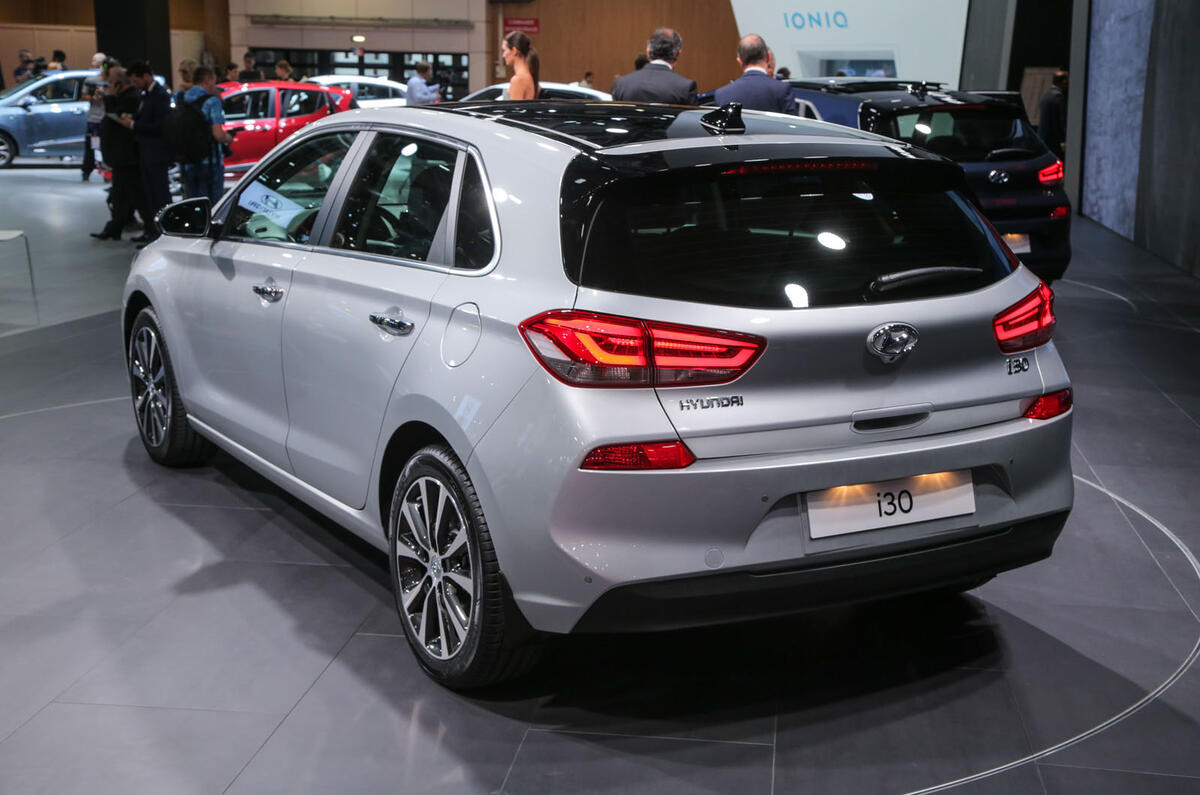
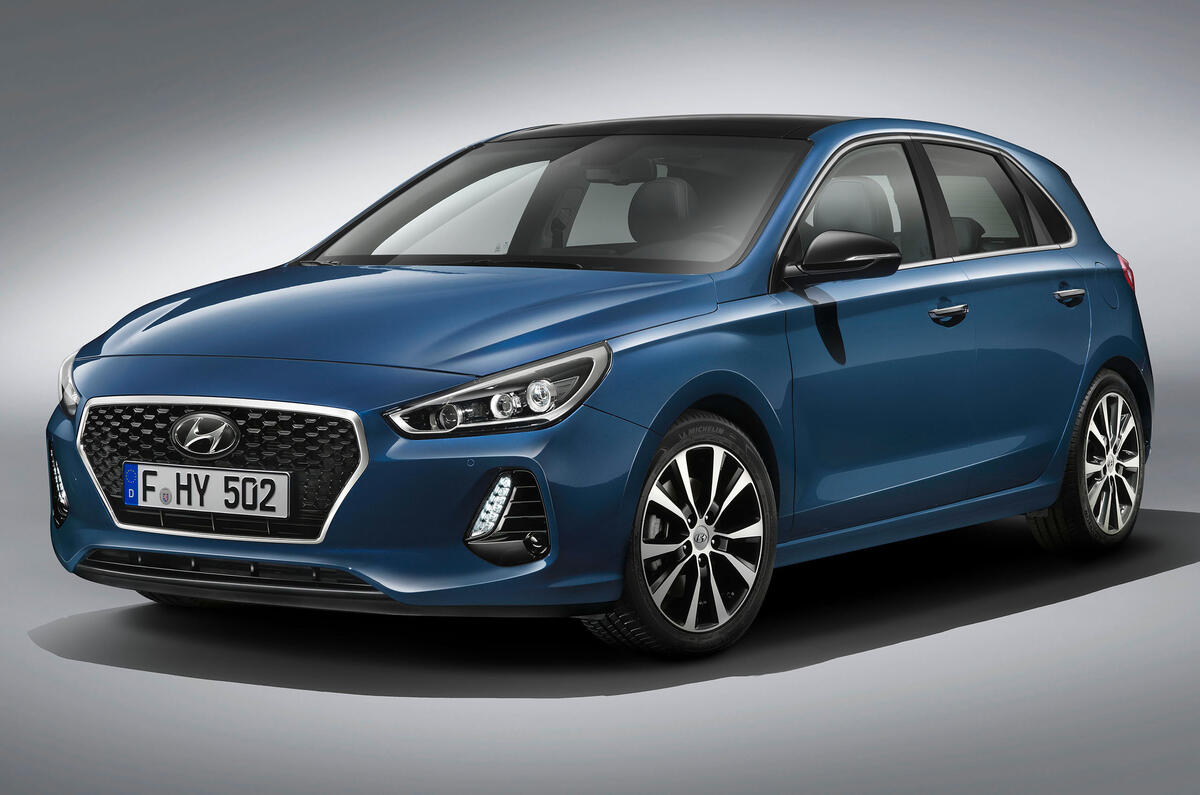
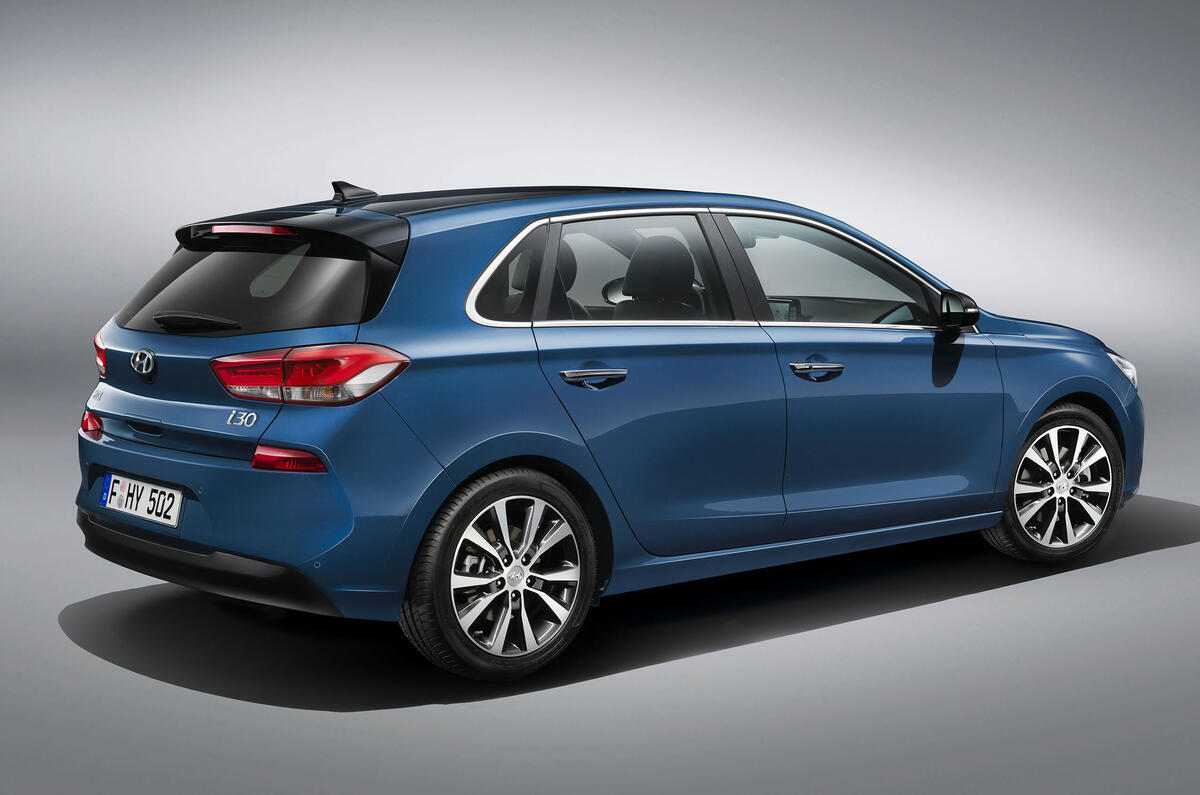
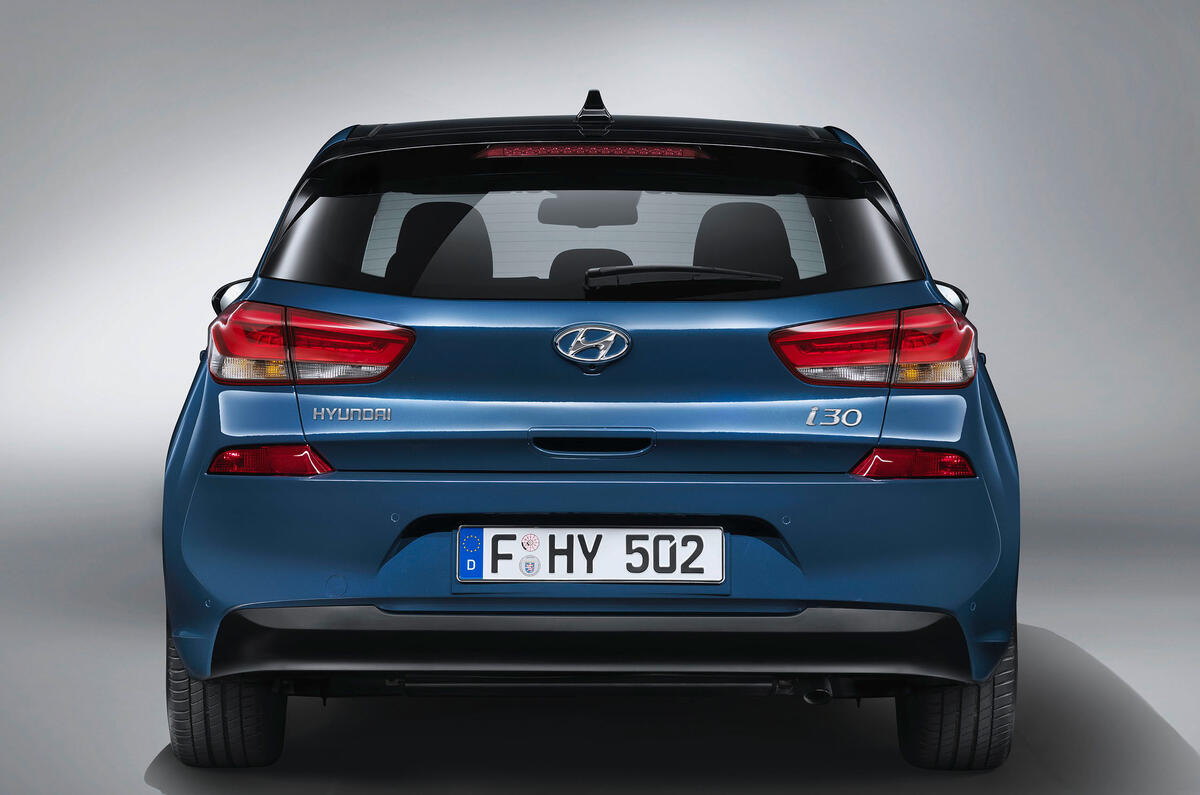

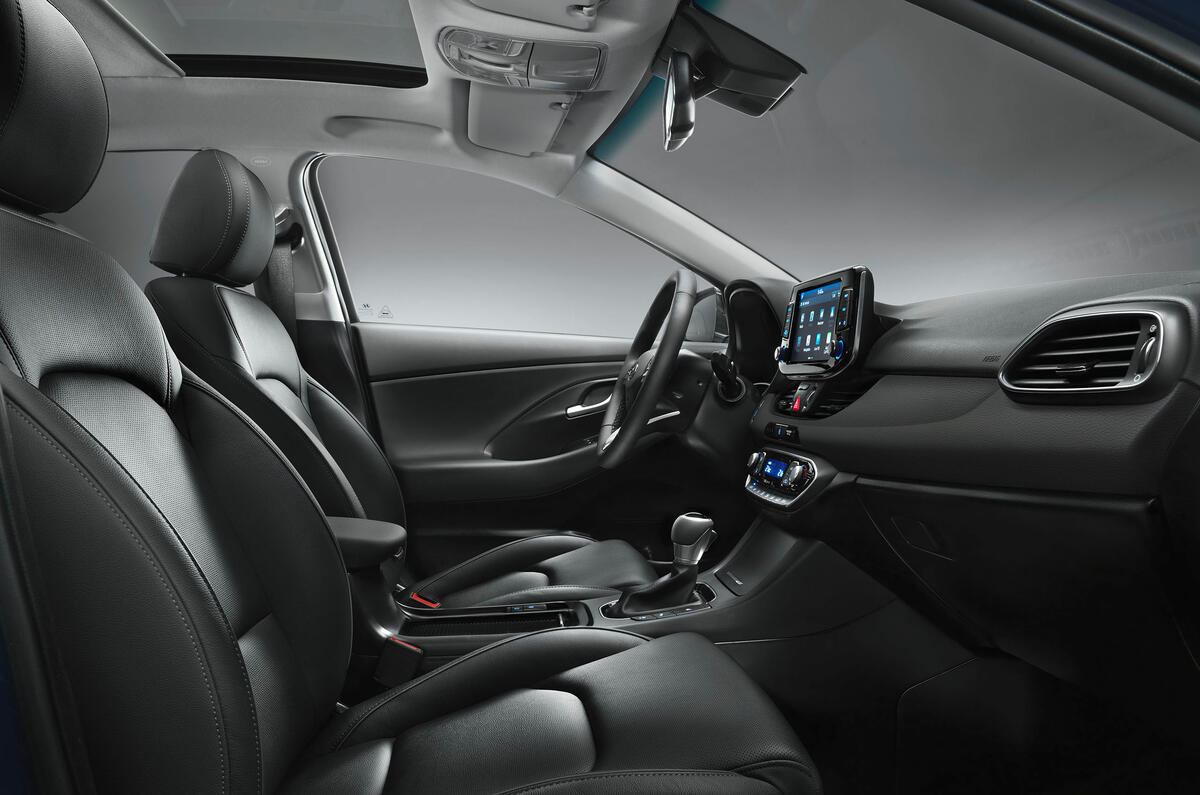
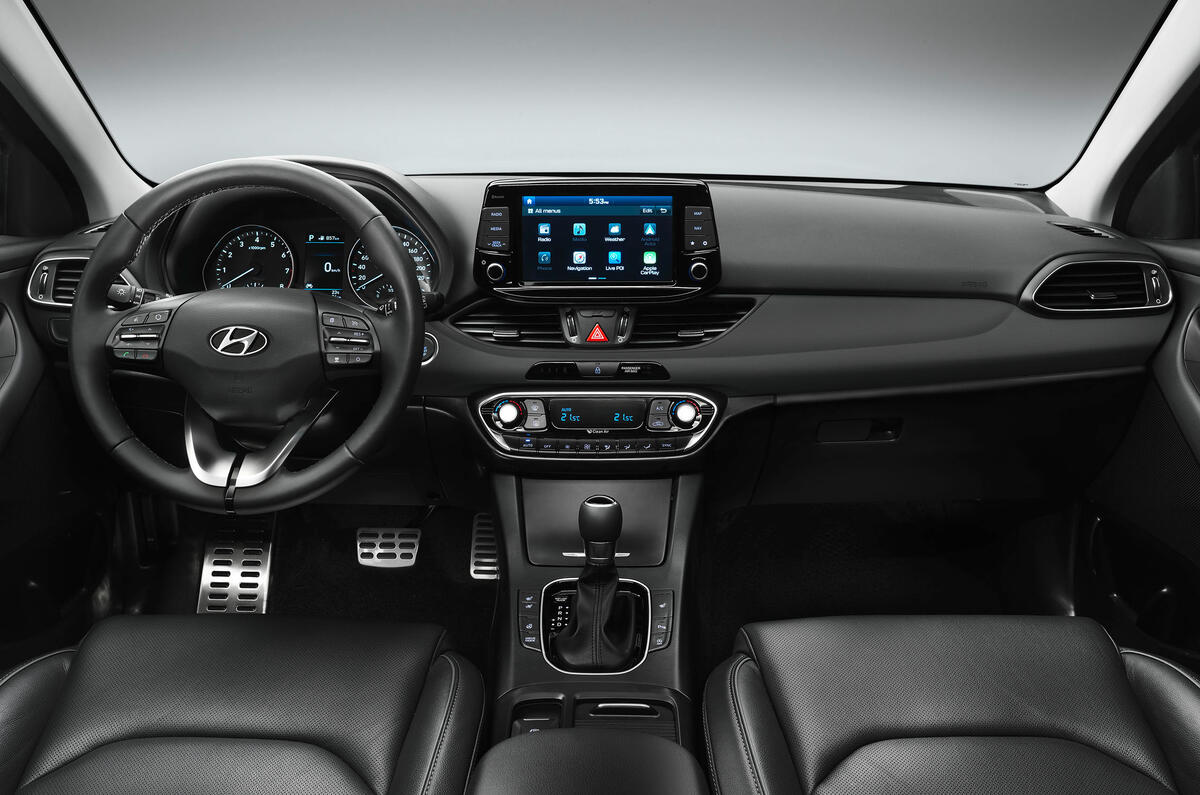
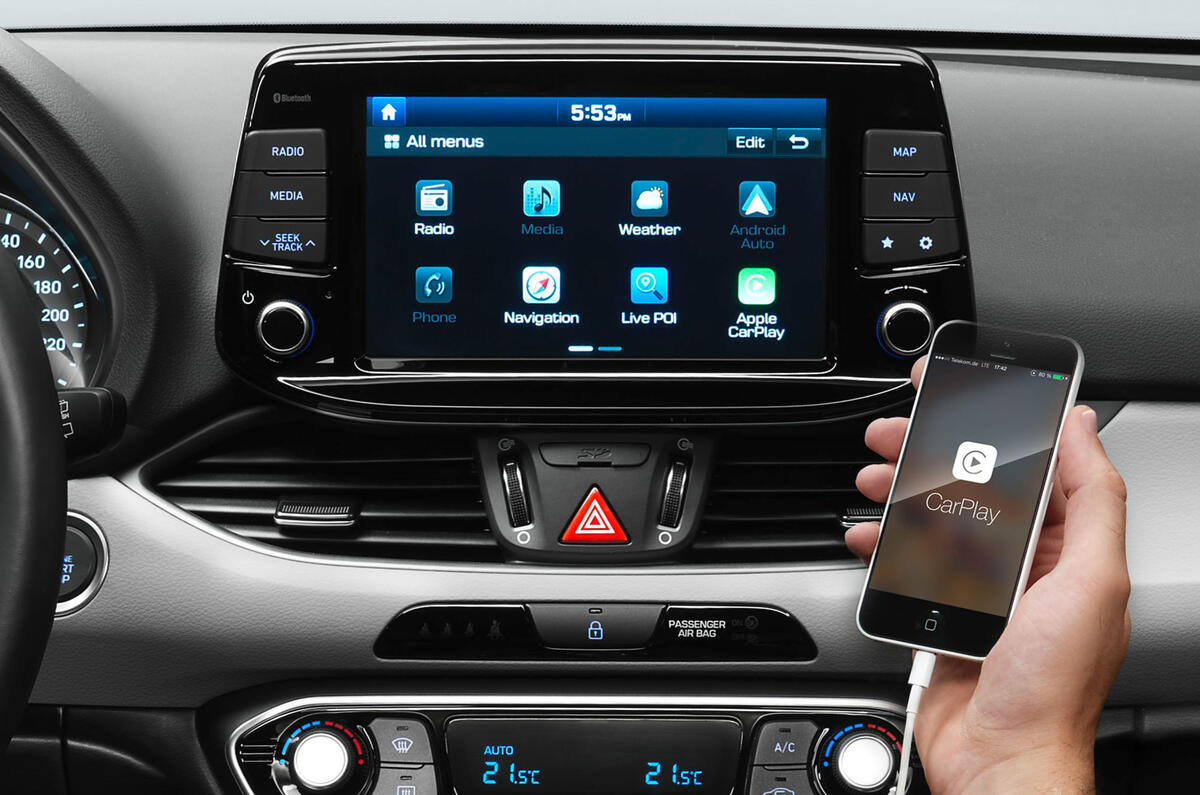

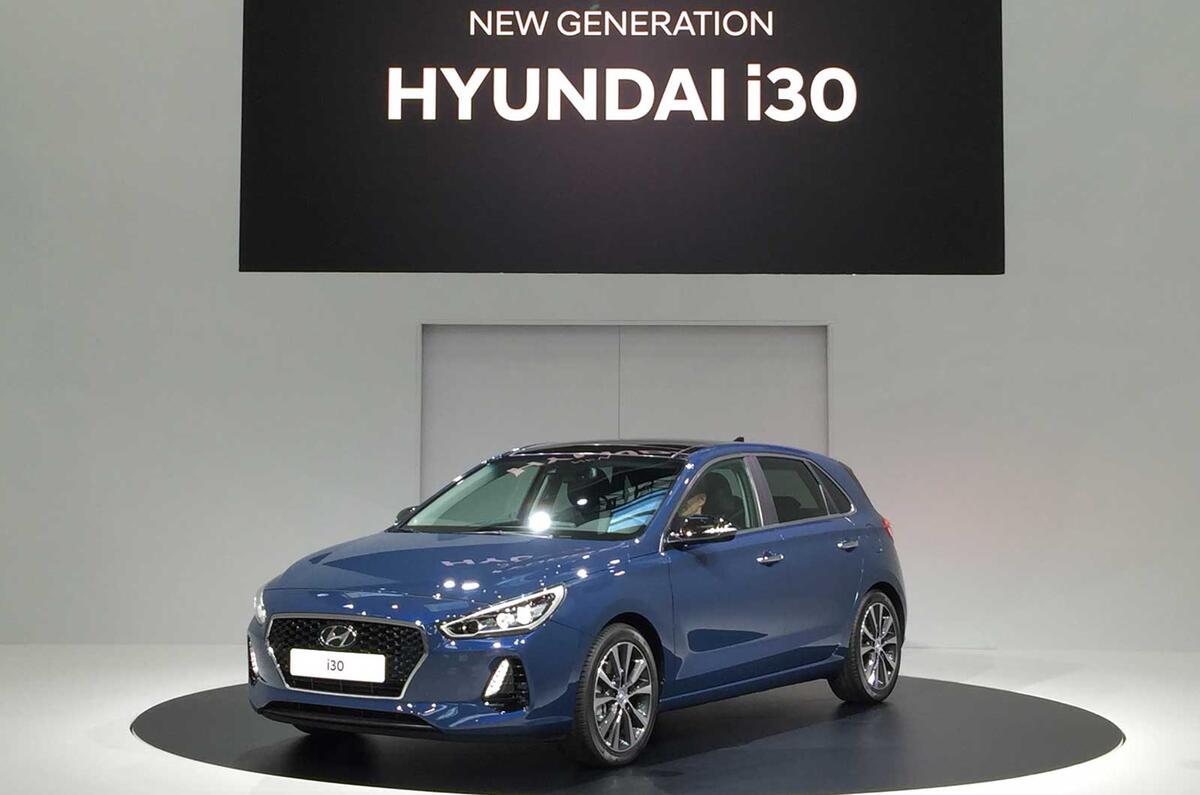

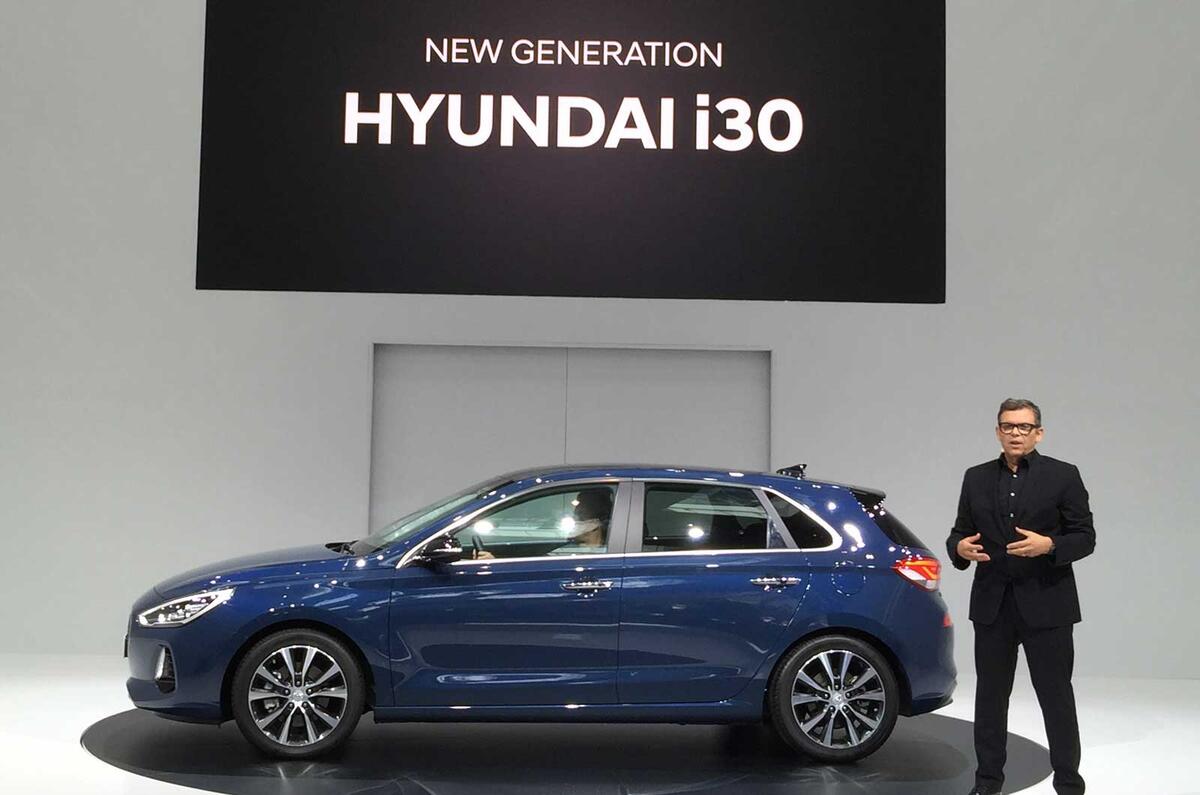
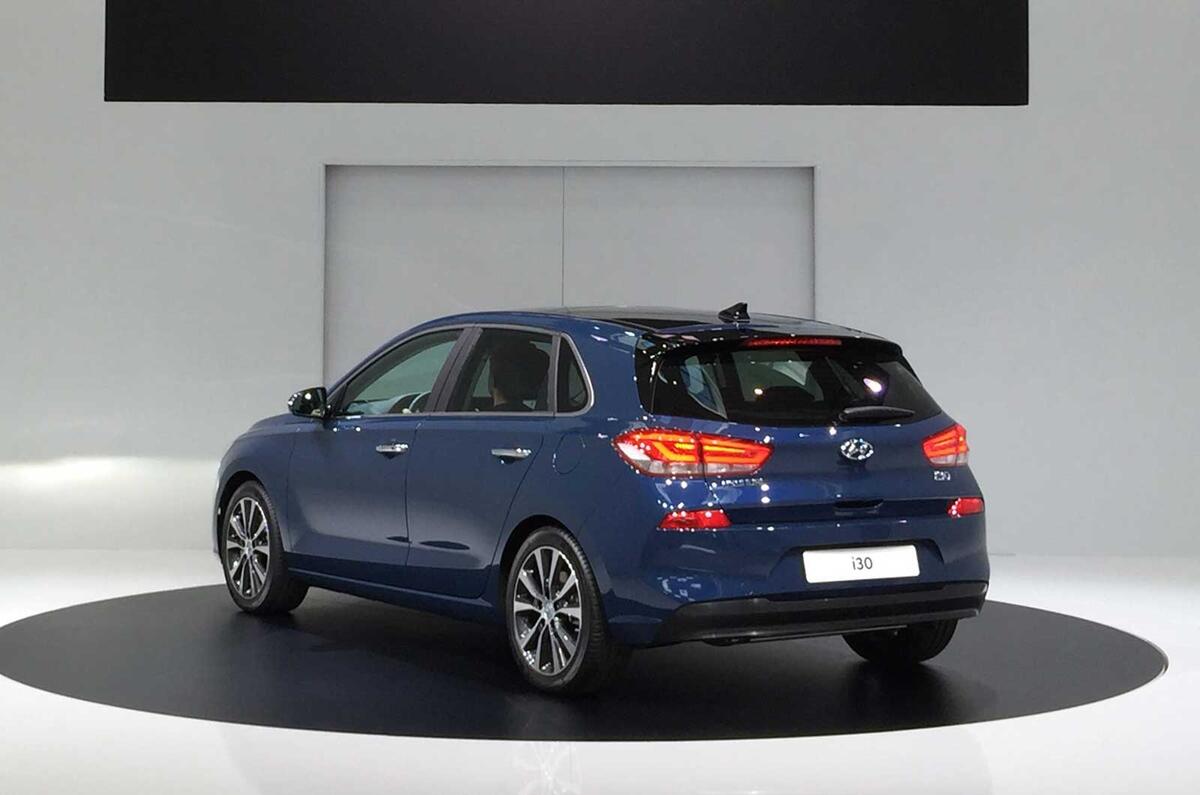
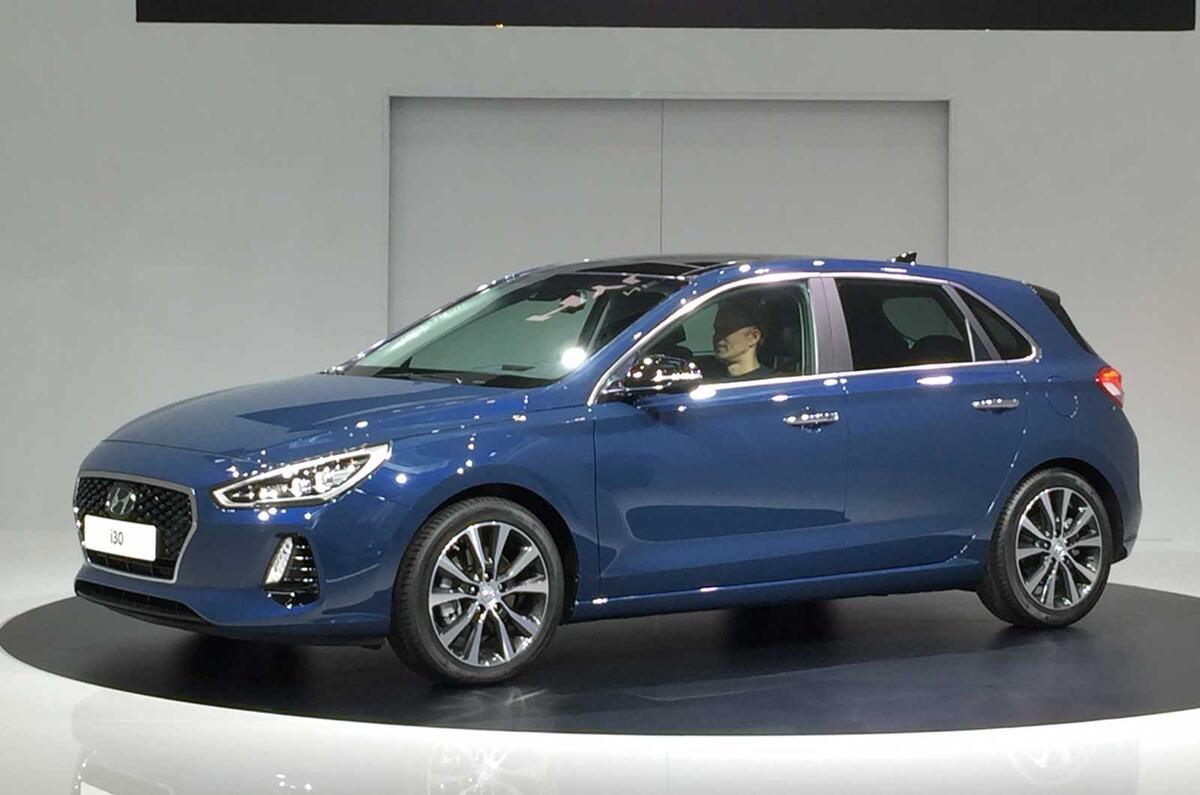
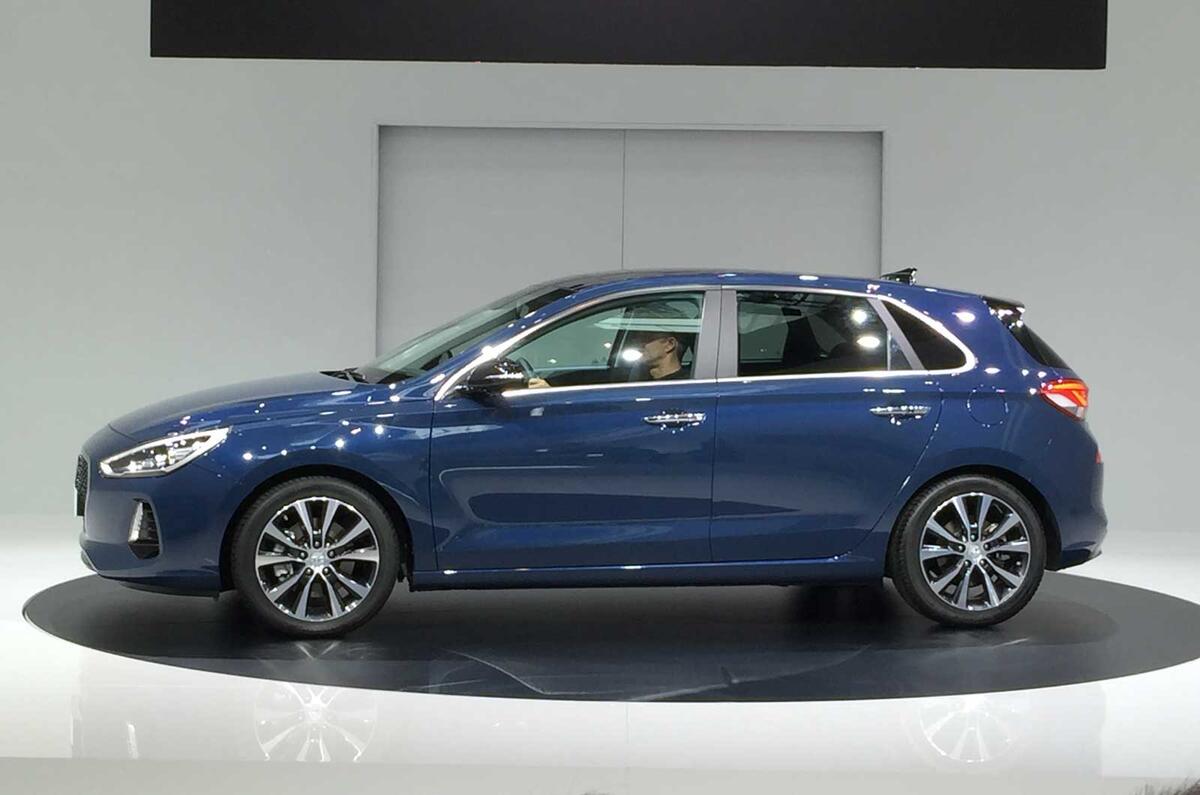
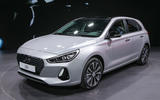
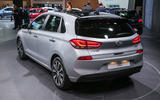
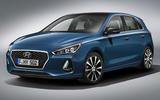
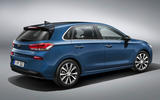

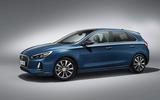
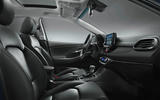
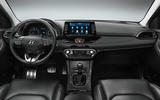
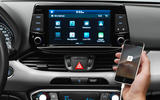
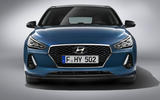
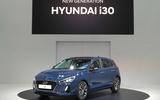
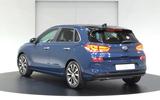
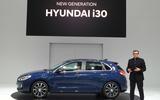

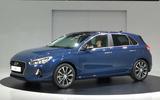
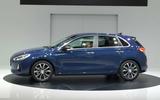

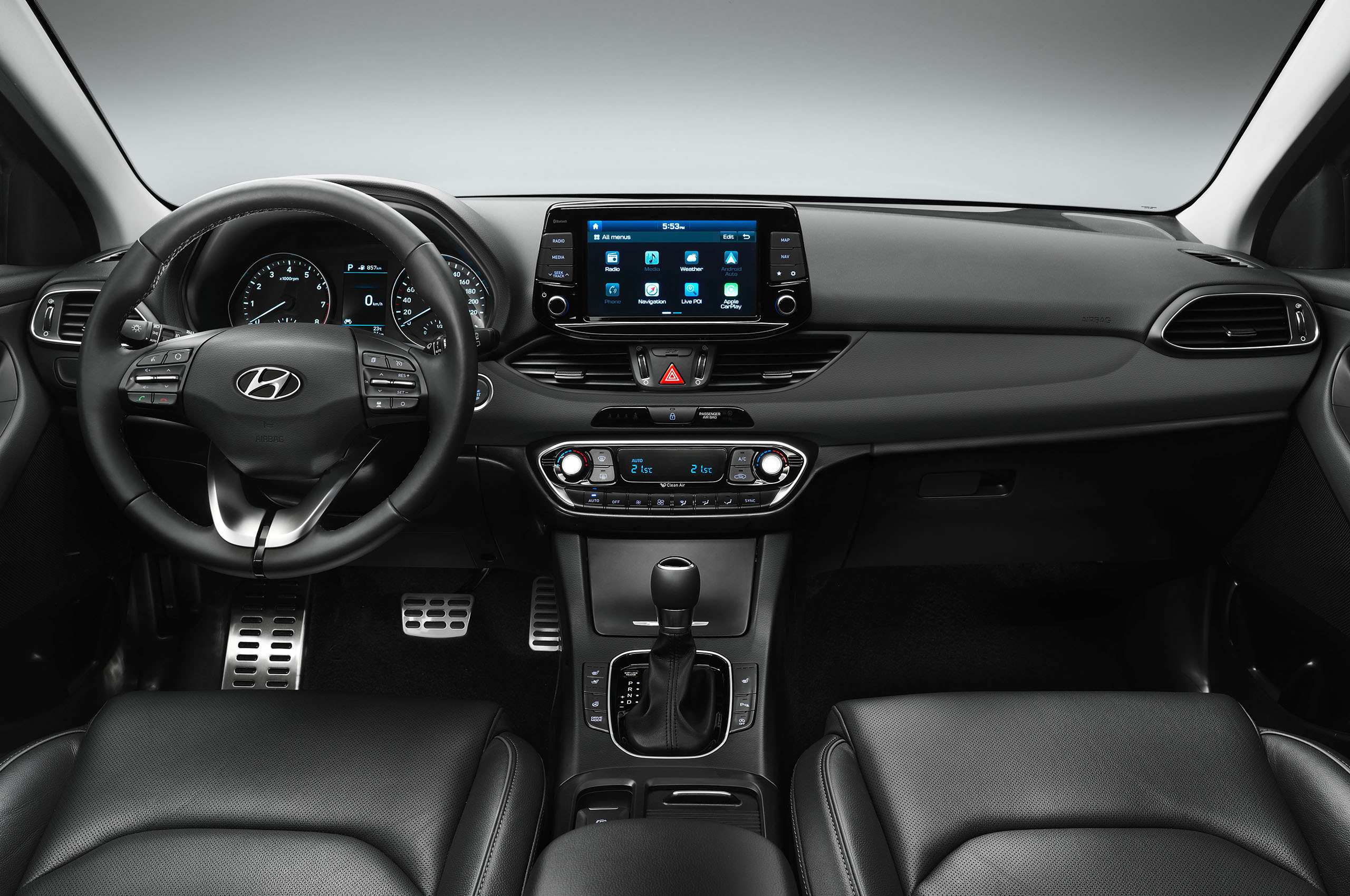
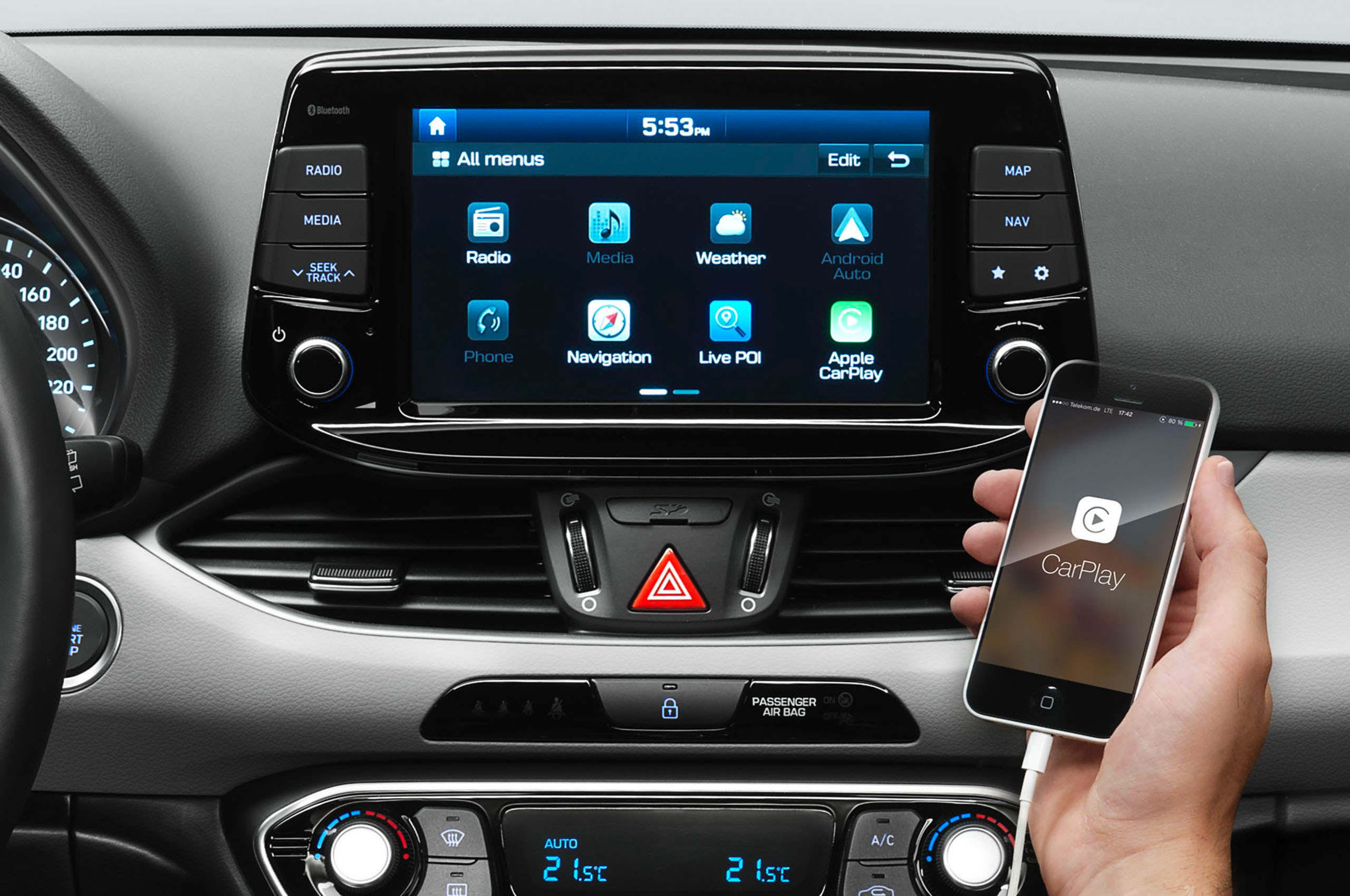





Join the debate
Add your comment
current model looks better
current model looks better
current model looks better